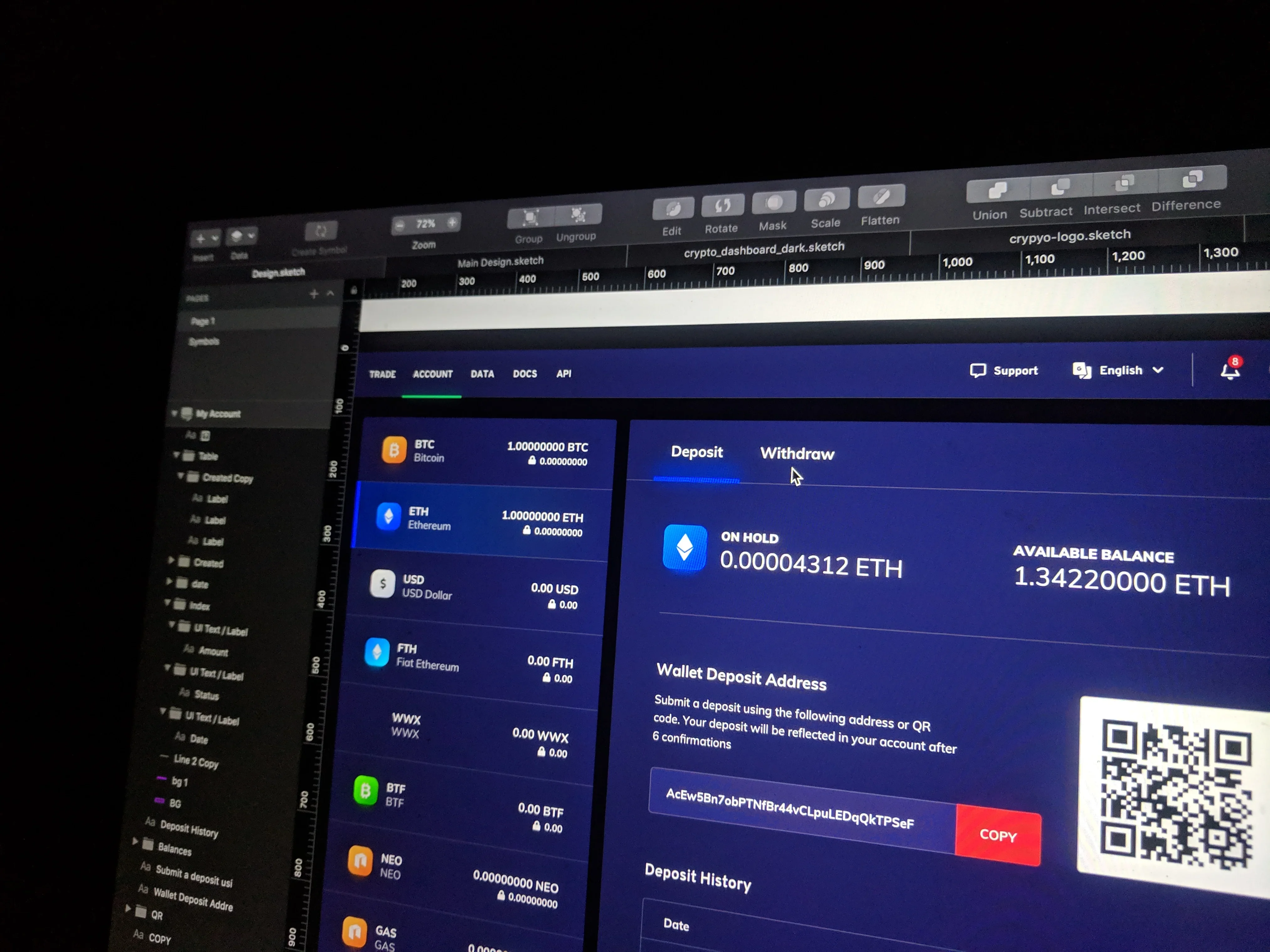In day to day conversations, we commonly refer to anything with a URL as a website. However, in reality, many things we typically classify as a website are actually referred to as a web application.
Definitions
Website - a location connected to the Internet that maintains one or more pages on the World Wide Web
Web Application - a computer program that utilizes web browsers and web technology to perform tasks over the Internet
Is using the term website to describe anything you access through a web browser wrong? No, as it exists on the internet and is accessed through the web via a URL, you aren’t technically wrong. However, it doesn’t hurt to learn the difference and improve your techie jargon.
In the simplest form of understanding
Website = Informational
Web Application = Interactive
However, as you begin to navigate to the middle of those two, the line starts to blur. Some websites seem interactive, but they’re really just deceptive creatures, appearing to be something they aren’t. So, let’s break it down.
Website
Let’s use examples. https://www.bankofamerica.com is a website. Why? Well, because it simply serves to present information. Sure, you can click on hyperlinks, you can navigate between different tabs in the menu to read about their services, but ultimately, all you are doing is reading information on a page. Such websites are usually built in HTML, CSS, and a little bit of JavaScript.
The key factor is that you are reading information, not adding or changing anything, nor is the information necessarily personalized to your exact identity. This doesn't mean that you are providing any input to the website. For example, you could be on Bank of America's website and search for "small business" using their built-in search. Although you are interacting with the site, you still aren't modifying any of the information presented, and if you close the page and reopen their homepage, you'll find your search has gone away. Common examples of websites include pages such as government sites, blogs, and news sources.
Web Application
In its simplest form, a web application is a software program that runs through a website. Continuing the bank example, when you login to your account on Bank of America's website, all of a sudden the page changes. You've gone from reading information on a website, to managing your finances on a web app. The information is specifically personalized to your account, and you can interact with the web app beyond just reading information—you can withdraw or deposit money, deactivate an account, manage your alerts, etc.
The key factor is that you are changing the page in a meaningful manner, and the web app is taking your updates and sending them somewhere. That "somewhere" could be your bank account, or it could be a server (or even physical location) entirely outside of the Bank of America system. Unlike a website, a web app uses more robust programming languages, commonly PHP, JavaScript and its frameworks (React, Angular, etc.) Ruby on Rails, Python, MySQL, etc. Overall, there is a server hosting this information and managing all of your interactions with the application, and then displaying it through your web browser.
Test Your Knowledge!
While it seems like a straight-forward understanding, it can sometimes be difficult to distinguish between the two. Take a look at these following examples and try to determine if they are websites or web apps.
- A blog discussing climate change that gets updated every week. It includes text and graphics.
- A web page that connects to your calendar, allowing you to send people your schedule and book meeting times with you that then appear on your calendar.
- Google.com
- A restaurant page that shows you a static menu. There is also an interactive map that allows you to search your address to find the nearest location.
- An online classroom that allows you to watch lectures and take exams. You have a profile and dashboard which shows you your progress and score.
- A news outlet that is broken down by category, where a user can toggle between different sections, subscribe to different newsletters, etc.
- Netflix.com
- A video blog that utilizes a third party to host your content, such as WordPress.
- Facebook profile page.
- Aloa.co
Do you think you got them all right? Send an email to [email protected] for the answers & explanations!

